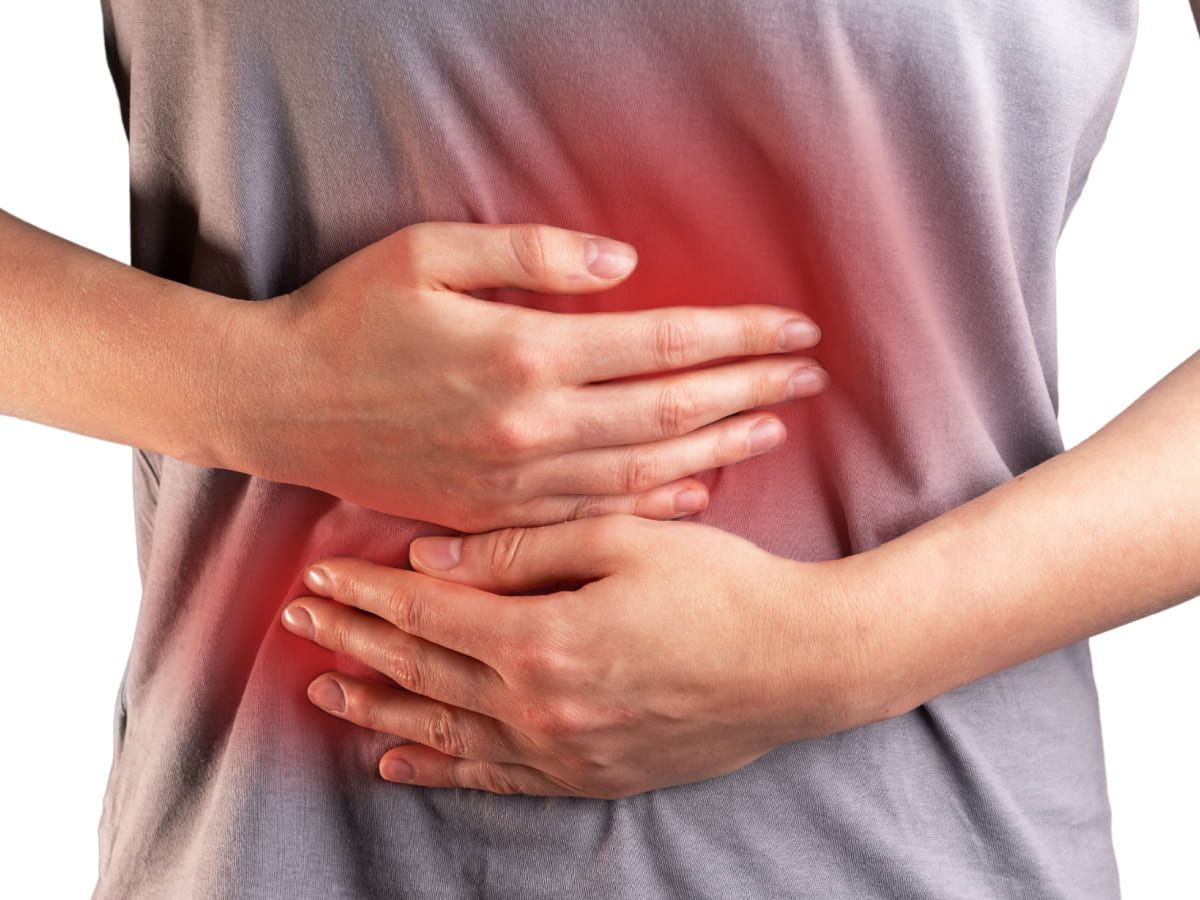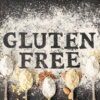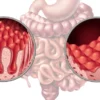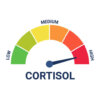
Ulcerative Colitis and Crohn’s Disease
Ulcerative colitis and Crohn’s disease are the 2 main forms of inflammatory bowel disease (IBD). While both of these gastrointestinal diseases can lead to certain similar symptoms, there are also differences between these 2 gut conditions.
Diagnosis peaks during later adolesce and early adulthood with a range of factors increasing the risk of both conditions.
These include:
- Stress
- Gut microbiome imbalances (dysbiosis)
- Medications (such as antibiotics)
- Genetic risk factors
- Immune dysfunction [Source: PubMed]
The rates of both of these conditions are also increasing. It’s been reported that over recent years Crohn’s disease has increased by 60% and Ulcerative colitis by 70%. It has also been reported that Western nations have the highest rates with Australia having the highest prevalence of IBD worldwide. [Source: PubMed]
These are both typically relapsing and remitting in nature. This means that during a relapse (also termed a flare-up) symptoms can increase, and medical intervention may be required. This can also be followed by periods of remission when symptoms reduce to the point where they are no longer present. [Source: PubMed]
What’s the Difference Between Ulcerative Colitis and Crohn’s Disease?
While Ulcerative colitis and Crohn’s disease are both forms of inflammatory bowel disease, there are differences between them.
The inflammation and site of disease activity seen in Ulcerative colitis is contained in the large intestine (the colon) while in Crohn’s disease, disease activity can be at any point along the digestive tract. This means that in Crohn’s disease, there can be inflammation from any point from the mouth to the anus.
Additionally, the inflammation in Ulcerative colitis impacts the upper layer of the lining of the colon and rectum. In Crohn’s disease, any layer of the gut can be impacted. [Source: NEJM]
The common symptoms of IBD include:
With these common symptoms, some may be more prevalent between Ulcerative colitis and Crohn’s disease. For example, those with Ulcerative colitis may experience more blood in the stool, more pain and diarrhoea when compared to patients with Crohn’s disease. [Source: PubMed].
Additionally, malnutrition is also more common in Crohn’s disease than in Ulcerative colitis. [Source: PubMed]
Malnutrition and Crohn’s Disease
Due to the small intestine being a common location of disease activity in Crohn’s disease, malnutrition can often be present. This is due to the small intestine being the main site of the absorption of vitamins and minerals.
With the inflammation and tissue damage present in the small intestine, nutrient absorption can be impacted leading to deficiencies and malnutrition.
The most common deficiencies in Crohn’s disease are:
- Iron
- B1
- Vitamin D
- Vitamin K
- Folic acid
- Selenium
- Zinc
- Vitamin B6
- Vitamin B1 [Source: PubMed]
It’s also likely that these deficiencies are more common during an active flare-up of Crohn’s disease. They are also seen more commonly when there has been a longer disease course with more complications. [Source: PubMed]
How to Diagnose Ulcerative Colitis and Crohn’s Disease
This diagnosis of the inflammatory bowel diseases Ulcerative colitis and Crohn’s disease is based on several forms of investigation.
This relies on:
- clinical presentation of symptoms
- endoscopic investigations (e.g. colonoscopy)
- histopathological assessments (e.g. biopsies)
Depending on the location of the inflammation and the type of inflammation present, this may lead to either a diagnosis of Ulcerative colitis or Crohn’s disease.
However, there can be a subset of patients where the diagnosis is not clear between which form of inflammatory bowel disease is present. This can often be termed Intermediate Colitis and accounts for approximately 15% of those with inflammatory bowel disease. [Source: PubMed]
Surgery for Crohn’s Disease
During the disease process of Crohn’s disease, inflammation can contribute to fibrosis and changes to the smooth muscle within the digestive tract. This can be viewed as scarring that causes narrowing in the gut that may lead to impaired movement of partially digested foods through the bowel. In some situations that may lead to blockages.
In approximately 2/3rds of those with Crohn’s, surgery will be required to address these blockages or narrowing (referred to as strictures).
Strictures can often be addressed using a balloon dilation procedure to stretch the bowel wall. While in other situations, resection surgery may be required to remove the affected area entirely.
However, while resection surgery can improve symptoms and reduce disease activity for some time, how research indicates that these improvements are temporary. This is due to the underlying causes of the disease continuing to progress. [Source: PubMed]
Medications for Crohn’s Disease
During a flare-up medications can often be used to bring symptoms under control and back into remission.
The first consideration is steroid medication such as prednisolone. These can reduce inflammation in the bowel to reduce symptoms and are often prescribed for several weeks.
If symptoms do not improve or respond to steroid medications, immunosuppressants are the next consideration. These include the medications azathioprine and methotrexate. In some patients with Crohn’s disease, these medications are prescribed for long-term usage to maintain remission.
A high percentage of those with Crohn’s disease respond to these medications. In those that do not, certain medications called Biological medicines are then considered. These include the medication adalimumab and infliximab. [Source: NHS]
Can you have both Crohn’s Disease and Ulcerative Colitis?
While it is extremely unlikely to have both Crohn’s disease and Ulcerative colitis, cases have been reported.
Part of the understanding of these 2 forms of inflammatory bowel disease is coming to the understanding of how separate they are. Or in fact, if they are different manifestations of the same underlying processes.
This has been reported in case studies. 2 of the 3 cases reported involved patients with Crohn’s disease in the ileum, who underwent bowel resection surgery. These patients then went on to develop Ulcerative colitis. However, these patients were not experiencing both conditions at the same time but went on to be diagnosed with Ulcerative colitis. [Source: PubMed, PubMed]
Conclusion
Medical interventions such as medicines and surgery may be helpful to some with inflammatory bowel conditions.
However, we also know that there are natural approaches such as that can work with the body to achieve and then maintain remission.
These approaches include:
- dietary changes [Source: PubMed]
- lifestyle support [Source: PubMed]
- supplements (such as probiotics) [Source: PubMed]
Read more about natural approaches to IBD by clicking here.
Contact us to learn more about how we can support those with Inflammatory bowel disease.






